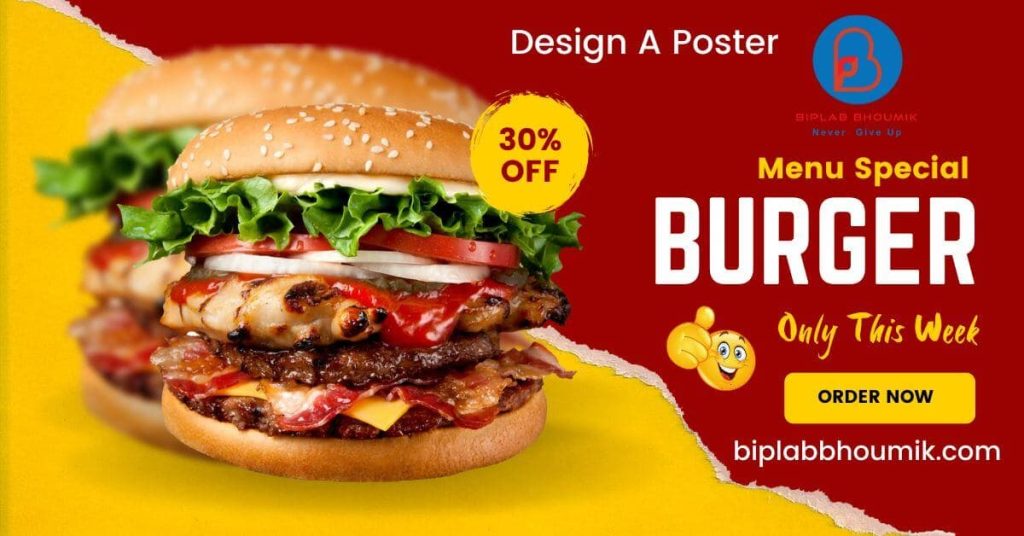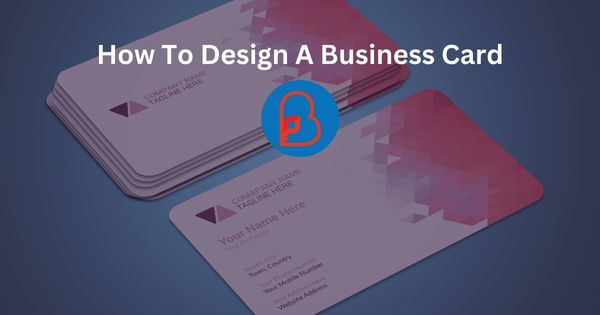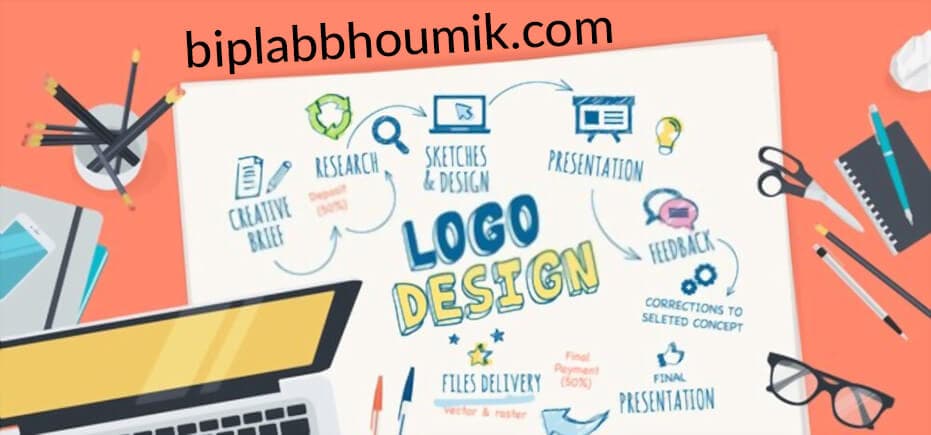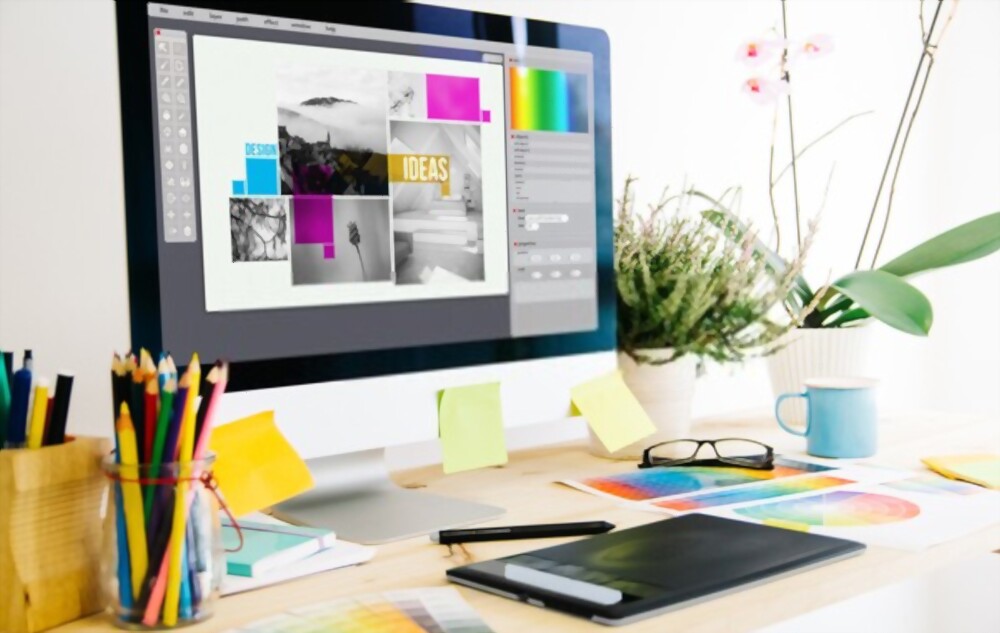If you’re looking to design a poster for an event or to promote your brand, this guide will help you get started. From choosing the right software to creating a custom template, we’ll show you everything you need to create a great poster.
What is a Poster?
A poster is a large, often colorful, piece of paper that is used to advertise a product or event. Posters are usually displayed in public places such as bus stops, train stations, and airports. They can also be found in stores and other places where people might see them. Posters can be made from a variety of materials, including paper, plastic, and metal.

How to Design a Poster?
To design a poster, start by considering the purpose of the poster and who the audience is. Next, choose a color scheme and a layout that will be eye-catching and easy to read. Then, add some images and text to create a visually appealing design. Finally, don’t forget to proofread your work before you print it out or post it online! Today we will share the best 11 tips to design a poster from start to finish.
1. Poster Design Software Or Online Tools
Poster design software or online tools can be used to create posters. These tools allow users to create a poster quickly and easily. The software provides templates that can be customized to meet the needs of the individual user. There are many different poster software options available, so it’s important to choose one that will meet your needs.
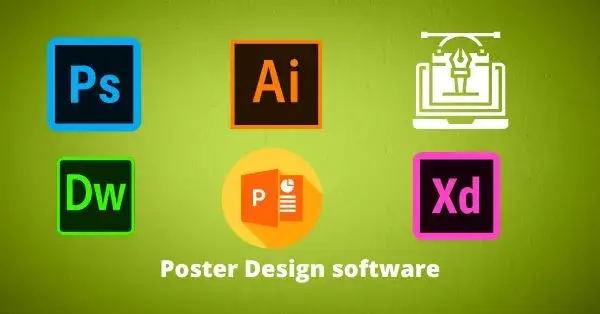
- You can use the most popular software like Adobe Photoshop, Adobe Illustrator, Inkscape, GIMP, etc. These softwares are more specialized and require more skill than general-purpose software like Photoshop. However, if you are familiar with these programs, they can be used to create posters.
- You can also use online services like Posterous, Canva, Visme, Crello, Design Wizard, etc. These tools allow users to create posters using templates or designs provided by the service. Additionally, these tools provide users with the ability to add text, images, and logos. These tools are helpful for creating posters that are both professional and attractive.
2. What is the Purpose of Your Poster
Is it to inform or persuade? To entertain or engage? The purpose of your poster should be clear and concise so that everyone can understand it. When designing a poster, it’s important to keep in mind the overall goal of the piece. Is it to promote a cause or product? Is it to generate awareness for an event or issue? Once you know the goal, you can start to think about what will work best to achieve it.
3. Consider Your Target Audience
When designing a poster, it’s important to consider the target audience. This can help you determine what type of graphics or layout will work best for your specific audience. For example, if you’re designing a poster for a school fundraiser, you might want to use design elements that are associated with education. Conversely, if your target audience is people who enjoy rock music, you might want to use more rock-related graphics in your design.

Once you have an idea of the target audience, it’s important to think about what message you want to communicate. For example, if your target audience is people who are fundraising for a school project, it would make sense to focus on the educational benefits of donating money to the school. Alternatively, if your target audience is people who love rock music and want to promote their favorite bands, it might be more effective to focus on the bands themselves and their music.
4. Poster Design Dimension
A poster is an important tool to communicate a message. When designing a poster, it is important to consider the dimensions that will be used. A poster’s dimension can impact how effectively the message is communicated.
For instance, if a poster is going to be displayed on a wall, it is important that the dimensions are in millimeters. If the poster is going to be printed and distributed, it is important that the dimensions are in inches. In either case, keeping the dimensions consistent throughout will help ensure effective communication.

Additionally, it is important to consider how a viewer will view the poster. For instance, if a viewer stands close to the wall on which the poster hangs, they may see only part of it due to its size and location on the wall. If a viewer views a print of a similar size at their home or office, they may have more space to examine all of its details. Therefore, it’s important to think about what kind of environment your posters will be displayed in and design for that environment accordingly.
With respect to social media dimensions, the ideal sizes for Facebook and Twitter are 1200 x 628 pixels or 1200 x 1200 pixels, while Instagram’s dimensions are 1080 x 1080 pixels or 1080 x 1350 pixels for portrait mode. Pinterest offers more wiggle room with ratios of 2:3 to 1:3.5 recommended.
5. Use High-Quality Images & Stock Photos
After choosing the dimension, it is important to use high-quality images and stock photos. This will help to create a visually appealing piece that will stand out and be easy to read. It is also important to keep in mind the target audience when selecting images. For example, if the poster is meant for a scientific conference, it would be better to use images related to science rather than images of celebrities.
6. Use Icons To Visualize Concepts in Your Poster Design
When designing a poster, it can be helpful to use icons to visualize concepts. Icons can be used to illustrate different points or ideas and can help the viewer understand your message more clearly.
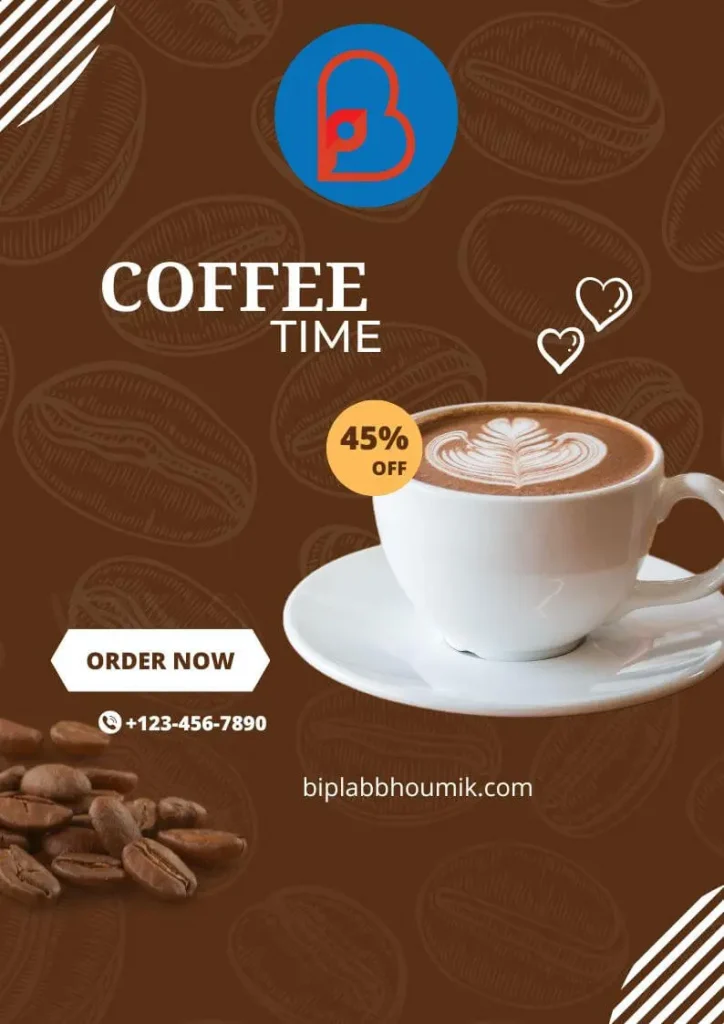
One way to use icons in your poster design is to create a visual hierarchy. This means that you should place important concepts at the top of the hierarchy, and less important concepts lower down. This will help the viewer understand your message more quickly and easily.
Another way to use icons in your poster design is to provide context. This means that you should include images that relate directly to the topic of the poster. For example, if you’re designing a poster about climate change, you might include images of melting glaciers or flooded townships. This will give viewers a better understanding of what’s happening and why it matters.
7. Use Fonts To Create a Hierarchy of Information
When designing a poster or advertisement, it is important to consider the hierarchy of information. Fonts can be used to create a hierarchy of information and help the viewer understand the layout of the poster or advertisement.
One way to use fonts to create a hierarchy of information is by using larger fonts for headings and more detailed fonts for text. For example, headings might be in a bold font while the text below is in a lighter font. This will help viewers understand where important information is located on the poster or advertisement. Additionally, different colors can also be used to highlight different sections of an image. For example, an image with green text might indicate that it is related to health and wellness, while an image with red text might indicate that it relates to safety precautions.
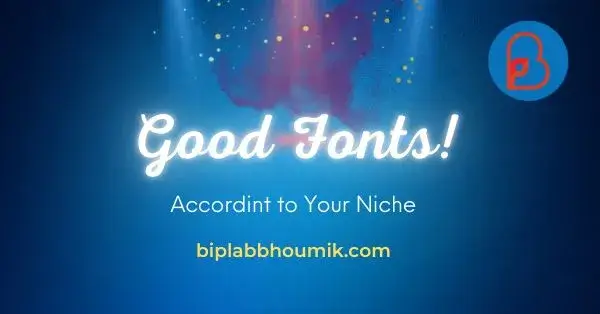
By using fonts and other design elements correctly, you can create a successful poster or advertisement that helps your audience understand what you are trying to communicate.
8. Include a Clear Call-To-Action
The goal of any poster is to create a visual representation of your message and encourage people to take some kind of action. When creating your poster, it is important to consider what sort of call-to-action you would like to encourage. A good call-to-action can help motivate people to take the necessary steps in order to achieve their goals. Consider using phrases such as “Learn more” or “Sign up now.”
9. Choose a Relevant Or Branded Color Scheme
When designing a poster, it is important to choose a relevant or branded color scheme. It can help to set the tone of the poster and draw attention to key elements. Additionally, choosing colors that are complementary can create a more pleasing visual experience.
10. Start with a Pre-Made Poster Template
There are many pre-made poster templates available on the internet that can help you to get started with designing your own poster. One of the most popular and well-known poster design templates is Canva. Canva offers a wide range of pre-made poster designs, including a variety of different layouts and sizes, as well as a variety of colors and fonts. You can also create your own custom design template, or use one of Canva’s popular templates to start with.
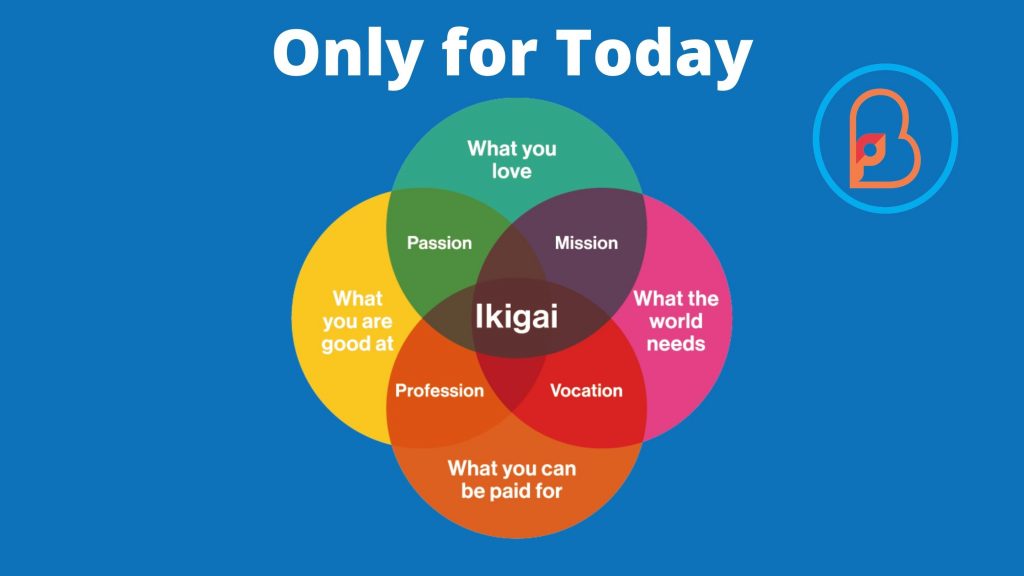
Whatever you choose to do, make sure that you take the time to properly research the design elements that will best represent your brand and message. Once you have created your initial design, be sure to share it with your team for feedback and refinement.
11. Different Types Of Poster Design
There are many different types of poster designs. We use posters for different events, advertisements, occasions, or displays. Here are some poster design types:
How To Design A Great Movie Poster That Works
Creating a great movie poster is an art form all its own. It takes knowledge of both the film and the medium in which it will be displayed to create a successful piece. Here are some tips to help you design your own movie poster:
1. Know Your Film: Before you start designing, it’s important to know as much about your film as possible. This includes the genre, cast, and plot information. This information can help you tailor the design to fit specific parameters of your film while also appealing to a wider audience.
2. Consider The Medium: When designing for print or digital media, take into account how well the image will look on different devices and platforms. For example, if you’re creating a print poster, be sure to adjust the proportions and layout so that it looks good on standard door frames or Ahmed’s Poster Frame at Starbucks. Remember that there’s no one “perfect” way to design a movie poster – just make sure that it captures the essence of your film in an eye-catching way!

3. Use Effective Images: When selecting images for use on your poster, keep in mind what will catch people’s attention first – the title of your film, the main actor, or an iconic scene. Avoid using too many images and try to select only a few that will convey the essence of your film.
4. Use Typography To add emphasis and impact to your design, use effective typography to create memorable phrases or quotes.
How to Design an Advertisement Poster
When designing an advertisement poster, it is important to keep in mind the context of the product or service being advertised. This includes understanding the target audience, what motivates them, and what they may be looking for in a product or service. Additionally, it is helpful to consider how the poster can be used in various settings and locations. For example, an advertisement for a restaurant may need to be designed differently than an advertisement for a clothing store.

There are many different ways to design an advertisement poster. One approach is to use images that represent the product or service being advertised. Another approach is to use text and graphics that tell a story about the product or service. It can also be helpful to create mockups of different versions of the poster before actually creating one. Finally, it is important to test different versions of the posters with potential customers before finalizing them.
How to Design an Academic Poster
Designing an academic poster can be a very effective way to get your message across to a large audience. There are a few things to keep in mind when designing your poster:
1. Make sure the layout is easy to read and understand. Keep fonts small and use plain, easy-to-read colors.
2. Try to create a mood or feeling with your design, rather than just presenting information in an orderly way. Think about what would make someone want to explore or learn more about the topic of your poster.
3. Think about how you can use visual elements (e.g., images, graphics) to help enhance the impact of your presentation.
How to Design a Birthday Poster
When designing a birthday poster, it is important to be creative and appeal to the individual’s interests. It is also important to give context to the event by including information about the person’s age, favorite foods or drinks, and hobbies. To create a memorable poster, consider incorporating items such as photos of friends and family who are attending the party, fun quotes about birthdays, or brightly colored balloons.
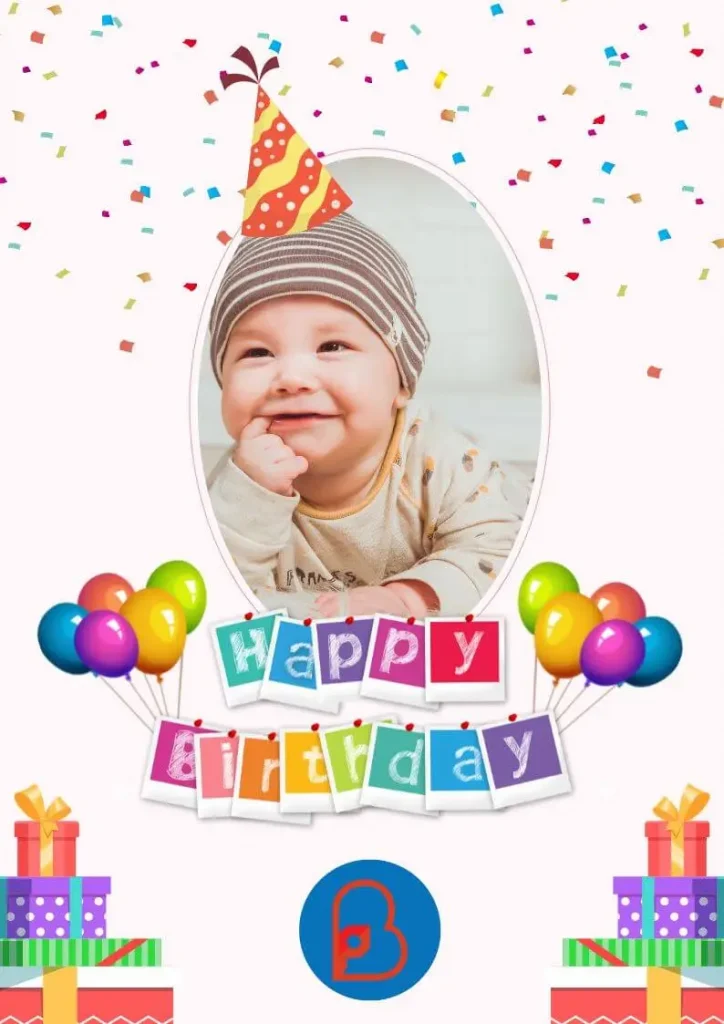
How to Design a Christmas Poster
Designing a Christmas poster can be a fun and interesting project. There are many options when it comes to designing a poster, so it is important to decide what you want to emphasize. Some things to consider include the season, holiday motifs, and the artist’s style.
When deciding on a color scheme, it is important to be creative and think outside the box. A good way to do this is by using muted colors or using several different shades of one color. Another option is to use bright colors that contrast well against each other. When selecting fonts, choose ones that are festive and will match the overall theme of your poster.
When creating your artwork, make sure that all of the elements work together as a cohesive unit. This means paying attention to spacing, line quality, and composition. Once everything is finalized, it is important to print out your poster and put it up for display during the Christmas season!
How To Design Posters For Different Occasions
Designing posters for different occasions can be a fun and creative way to express your message. Here are some tips to help you get started:
For events that require a more formal or traditional look, start by looking at existing posters from similar events and models that have been successful in the past. Use these as inspiration for your design, but also take into account the specific details of your event. For example, if the event is themed around a certain season or holiday, be sure to include elements of that theme in your design.
If you’re designing a poster for an event that’s less formal or structured, you can still create an effective design by using bold colors and geometric shapes. Be sure to balance these elements with softer textures and details to give your poster a sense of depth and cohesion. Additionally, it can be helpful to consider how viewers will interact with the poster – will they need help finding information or instructions? Will they need some sort of assistance when viewing it in person? Think about how you can make users’ experience as smooth as possible!
When creating a poster for an event, don’t forget about the audience itself! What do they want or need to know about the event? What do they want to take away with them? Think about what will make your event an unforgettable experience for your attendees.
Finally, remember to enjoy yourself while creating your poster! The process can be enjoyable if you approach it creatively and with a sense of humor.
Conclusion
In conclusion, Poster design should be simple, easy to read and convey your meaning in a concise manner. It should also contain all the information needed without being cluttered. Use soft textures and details to create depth, consider how viewers will interact with the poster, and make sure to design a poster that is memorable and enjoyable for your audience. We hope you like this article, if you have any queries, feel free to leave a comment below.
FAQ
How do I design a poster?
To design a poster, start by coming up with an idea for the message you want to communicate. Next, take your idea and translate it into a visual representation. Finally, use creative typography and imagery to help tell your story.
How to design a poster in PowerPoint?
To design a poster in PowerPoint, you will need to start by creating a new presentation. In the New Presentation dialog box, on the View tab, under Presentation Views, click Poster. PowerPoint will open the Poster view. To create a poster, first enter the desired dimensions in the Width and Height fields. Next, choose a layout from the Layout list. The available layouts are A4, A3, and US Letter. You can also specify whether you want the poster to be in landscape or portrait mode. Click OK to close the New Presentation dialog box.
What is the difference between a poster and a flyer?
A poster is a large, often colorful, piece of paper that is used to advertise a product or event. Flyers are smaller pieces of paper that are used to distribute information about a product or event. Flyers are often used to distribute information to a large number of people at once.
How do I design a poster using Pro Tips?
There are a few things to keep in mind when creating a poster using Pro Tips. First, make sure the overall aesthetic of your design is cohesive and consistent. Second, be sure to use high-quality images that will look good printed out. And finally, try to find unique ways to present your information—always play up the visual aspects of your work!

